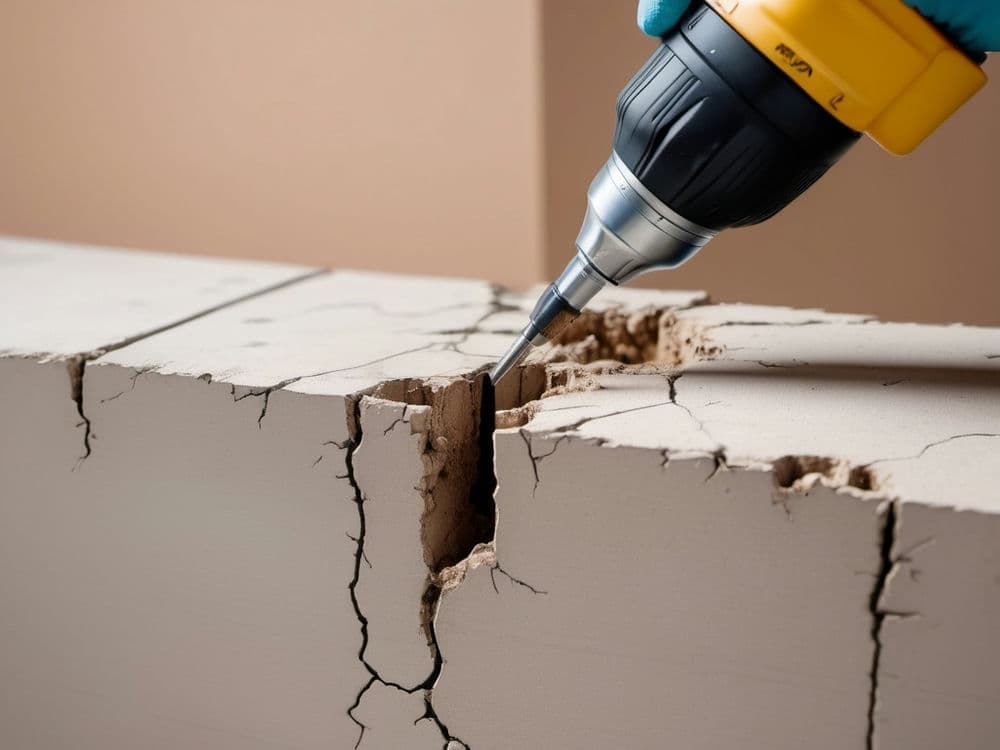

Helical pile installation is an important shift in foundation engineering, offering an efficient and effective solution for commercial as well as residential structures. This technique, which is based on the basic principles of geotechnical engineering, has revolutionized the way we approach foundation stability, especially in challenging soil conditions.
They provide a durable foundation that lasts for a long time helical piles installation designHelical piles' design incorporates the physics of screw threads and helix geometry, making them ideal for penetrating various soil types. These components, crafted from strong materials like steel, exhibit remarkable tensile strength and endurance. Their unique design minimizes ground disturbance, a feature particularly beneficial in environmentally sensitive areas.
They provide a durable foundation that lasts for a long time Revolutionizing Construction: The Comprehensive Helical Pile Guide auger. These piles are ideal for both residential and commercial applications helical piles installation shaft sinking.
One of the main elements of helical pile installation is achieving the required load capacity. This is when the relationship between the installation torque and load capacity is crucial. The most modern torque gauges, such as the Chance Digital Torque Indicator, are crucial to this process, providing accurate measurements and eliminating the uncertainty associated with hydraulic pressure estimations.
The speed at which the installation takes place is critical, typically ranging between 8 and 16 RPM. This controlled speed ensures that the pile moves approximately 3 inches every revolution in accordance with the pitch of the helical plates. If the pile doesn't advance in the manner expected, adjustments such as the increase of downward thrust or the addition of larger helical plates are made to prevent'spinning out', akin to the threads of a screw being stripped.
Screw piles, sometimes referred to as screw-piles, screw piers, screw anchors, screw foundations, ground screws, helical piles, helical piers, or helical anchors are a steel screw-in piling and ground anchoring system used for building deep foundations. Screw piles are typically manufactured from high-strength steel[1] using varying sizes of tubular hollow sections for the pile or anchors shaft.
The pile shaft transfers a structure's load into the pile. Helical steel plates are welded to the pile shaft in accordance with the intended ground conditions. Helices can be press-formed to a specified pitch or simply consist of flat plates welded at a specified pitch to the pile's shaft. The number of helices, their diameters and position on the pile shaft as well as steel plate thickness are all determined by a combination of:
<iframe src="https://storage.googleapis.com/1plan-9/unitedstructuralsystems/index.html" style="border:0px #ffffff none;" name="myiFrame" scrolling="no" frameborder="1" marginheight="0px" marginwidth="0px" height="400px" width="600px" allowfullscreen></iframe>
<iframe src="https://www.zillow.com/hoffman-estates-il/" style="border:0px #ffffff none;" name="myiFrame" scrolling="no" frameborder="1" marginheight="0px" marginwidth="0px" height="400px" width="600px" allowfullscreen></iframe>
Pre-Fabricated Structure Rests on New Foundation Supported by Steel Piles Newswire
Posted by on 2018-03-28
Safety put 'in jeopardy' by some companies shoring up shaky homes, industry complaint alleges CBC.ca
Posted by on 2019-06-23
Helical piles help keep heavy equipment safely supported on large solar projects Solar Power World
Posted by on 2018-08-27
Multi-scale study of load-bearing mechanism of uplift piles based on model tests and numerical simulations | Scientific ... Nature.com
Posted by on 2023-04-19
A firm foundation when the ground is shaky University of Nevada, Reno
Posted by on 2021-01-27
Federal Circuit Affirms District Court Claim Construction in Foundation Pile Patent Infringement Dispute IPWatchdog.com
Posted by on 2020-09-04
The construction industry constantly seeks innovative solutions to enhance efficiency, decrease costs, and maintain the structural integrity. In this endeavor Helical piles have emerged as a revolutionary technology, revolutionizing how we approach foundational support. This article delves into the causes behind the rising popularity of the helical pile for construction, focusing on their distinct advantages and the applications the driving force behind this shift.
Helical piles, often referred to as screw piles, are deep foundation solutions that are used to secure new or existing foundations. They are made of steel and have the helical section of lead that permits them to be driven into ground in the same way as a screw into wood. This is a major contrast to traditional concrete foundations, offering several advantages that are suited to contemporary requirements for construction.

Helical piles aren't just advantageous for new construction but also play a crucial function in the renovation and repair projects. They are ideal for securing existing buildings, offering an unobtrusive way to strengthen and stabilize damaged or aging foundations. Their capability to be installed without causing any noise or vibration is an advantage for areas that are densely populated or projects where preserving the integrity of nearby structures is critical.
In short Helical piles are an enormous leap forward in foundation technology. They provide a solid, reliable, and versatile foundation solution for a wide range types of building projects. Their speedy installation, adaptability as well as their sustainability and instant load-bearing capacity make them a great option for the future of building.
In addition to their primary benefits, helical piles have a variety of additional advantages that solidify their position in modern construction. They include:
These additional advantages, when combined with their primary advantages are what create Helical piles extremely flexible and reliable foundation choice for a wide range of construction projects.

It is the most important attribute of Helical piles. They can be adapted to a wide range of soil kinds and conditions, making an ideal choice for a range of construction projects, from residential structures to industrial structures. Their design is able to be modified to meet the specific requirements of load, enhancing their applicability across various construction scenarios.
Helical piles also have the advantage of immediate load bearing capacity. When they are installed, they can be able to support loads immediately and offer a distinct advantage over traditional methods that require waiting for the concrete to cure. This feature is especially useful for projects that have strict deadlines or situations when time is of the essence.
Lastly, the sustainability of helical piles cannot be overlooked. They are usually made from recycled steel and are completely accessible, which allows for reuse in future projects. This reuse, along with their reduced carbon footprint when they are installed, aligns well with the increasing focus on sustainable construction practices.
In conclusion, the hidden strengths of Helical pile installation - speed, minimal environmental impact, versatility in load capacity and speed of installation, and their sustainability - account for their growing popularity in the construction industry. While we seek out more efficient, economical, and sustainable building techniques, helical piles are an effective, creative solution to the current challenges of construction.
In addition to the strengths of the helical piles Their use in construction projects brings a number of specific advantages. These can be outlined as follows:
These points highlight the multifaceted advantages of making use of helical piles, emphasizing their role in improving efficiency, sustainability, and cost-effectiveness in construction.
